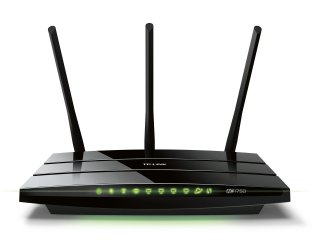Coronavirus Tech Question: How Do I Make My Wi-Fi Faster?
Do you have the right router? What about the settings?
If you haven’t noticed already, there is a pandemic out there thanks to coronavirus, and millions of Americans have been forced out of their respective offices and into their homes.
If you are one of these folks, you’re probably wondering how you can keep producing top-notch work under such challenging circumstances. What should definitely be on the top of your list is to keep your home Wi-Fi running smoothly.
If your router is located nearby your computer, try using an Ethernet connection. Yes, nobody likes to deal with wires anymore, but no matter how good your Wi-Fi is, having an Ethernet connection will always give you the best speeds.
However, if you have to use your Wi-Fi, try positioning it in the open and on an upper-level floor (because of how most current antennas are designed, your Wi-Fi signals travel mostly downward), as this will give the best chance for full wall-to-wall coverage in your home.
Keep in mind that if you have both 2.4 and 5GHz frequency bands, toggle back and forth between the two to see which one works better on your computer. 5GHz is indeed stronger but has a more difficult time going through walls. And the 2.4GHz possesses better range.
If you’re still having problems with your Wi-Fi, maybe it’s time to shop around. Plug-in range extenders are an easy and quick option for those who don’t want to overhaul their entire hardware. If this eventually works out, there is no need to spend hundreds on a new router.
But if there are still performance hiccups after that, perhaps purchasing a new router is the only option. Routers that come with range-extending satellite devices have become increasingly popular these days, but beware that some models can reach as high as $500.
Perhaps the most practical approach in boosting your W-Fi is to set rules for others in the home while you’re working. Obviously, if you’re using Netflix, Hulu and Playstation all on one frequency band at the same time, you’ll probably experience some performance lag. Try to set aside one frequency band only for your work, and you should see quick results.
Finally, to stay on top of your Wi-Fi performance, try to run a quick speed test every few weeks. The Ookla Speedtest is probably the most popular out there right now, as it features a plethora of servers that are located worldwide. The results of these tests should pinpoint the best location for your router or if there are any of those annoying dead spots in the home.
Ethen Kim Lieser is a Tech Editor who has held posts at Google, The Korea Herald, Lincoln Journal Star, AsianWeek and Arirang TV.

